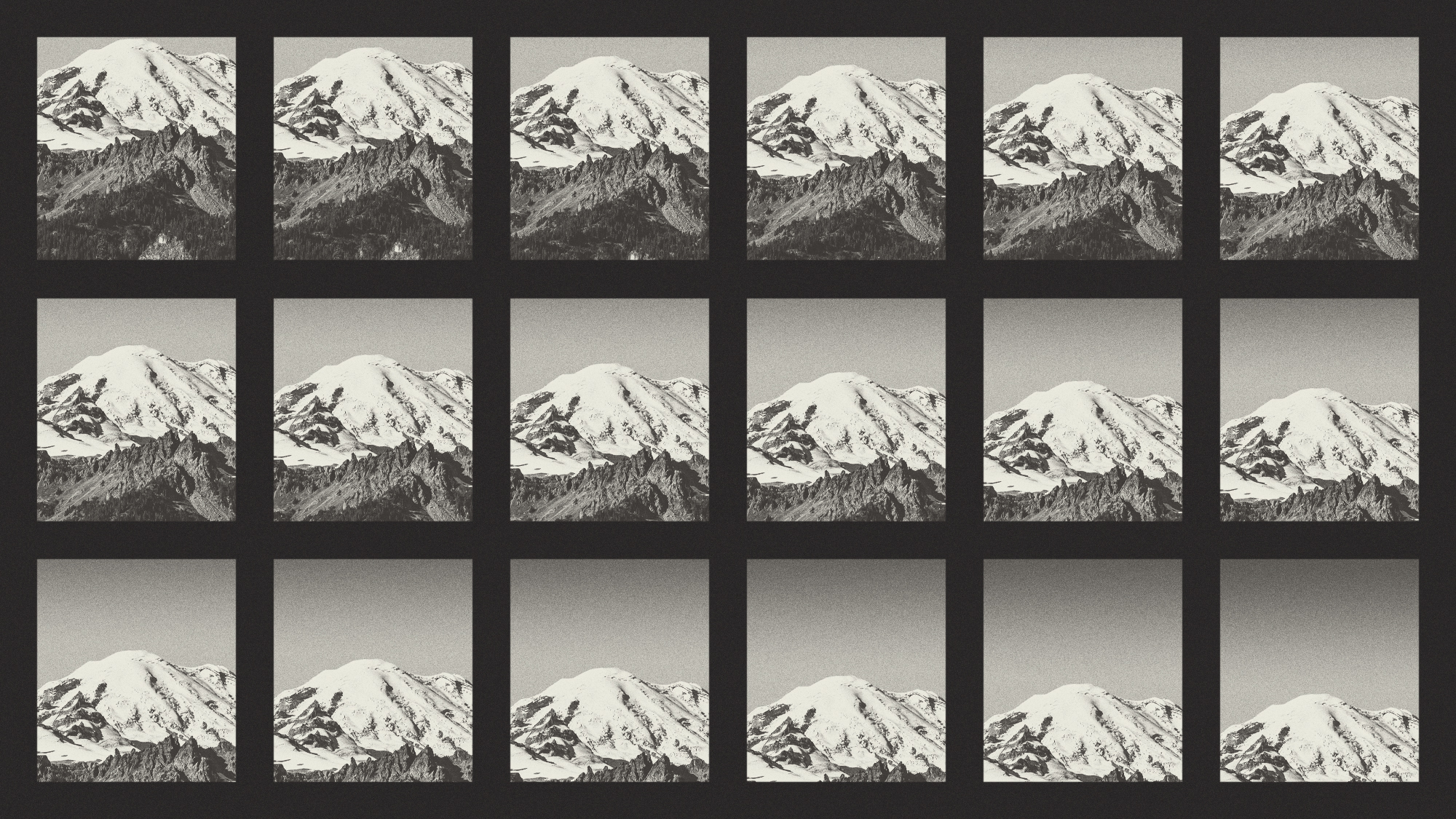Angels, Demons, and Savages: Pollock, Ossorio, Dubuffet
Look past the two stars of this exhibition and you’ll find “a go-between who is fascinating in his own right.”
Parrish Art Museum, Water Mill, N.Y.
Through Oct. 27
Look past the two stars of this three-man exhibition and you’ll find “a go-between who is fascinating in his own right,” said Karen Rosenberg in The New York Times. Alfonso Ossorio (1916–90), a Filipino-born sugar-fortune heir who became a painter and collector, forged strong ties to Jackson Pollock and Jean Dubuffet that allowed him to serve as a bridge between two unruly art movements. The Harvard-educated bon vivant was not just a patron of Pollock, king of the abstract expressionists; he sometimes painted alongside him. And at Pollock’s suggestion, he flew to Paris in 1949 to meet Dubuffet, champion of art brut, or outsider art. In his own work, Ossorio “deftly paid homage to both artists,” creating a hybrid style that deserves fresh attention. The “frantic, radiant, spontaneous” works on paper that he produced in 1950—a series known as the “Victorias Drawings”—prove to be “one of the show’s revelations.”
The Week
Escape your echo chamber. Get the facts behind the news, plus analysis from multiple perspectives.

Sign up for The Week's Free Newsletters
From our morning news briefing to a weekly Good News Newsletter, get the best of The Week delivered directly to your inbox.
From our morning news briefing to a weekly Good News Newsletter, get the best of The Week delivered directly to your inbox.
All three peers had “a penchant for experimenting with unconventional materials and a predilection for rawness over refinement,” said Lee Rosenbaum in The Wall Street Journal. But Ossorio didn’t always match his friends’ artistry. Pollock’s Number 7, 1952, an abstracted head, represented a return to semifigurative imagery that may have been inspired by Ossorio’s paintings. But the figure has “an elegance reminiscent of old-master drawings,” and it definitively upstages Ossorio’s Head, an “overwrought” 1951 painting that hangs here alongside it. But Ossorio excelled when he emulated art brut. With the “Victorias Drawings,” created during a brief return to the Philippines, he invented a way to layer pigments on the page as if on an Easter egg. That series wasn’t a one-time triumph, either, helping make the case that Ossorio now deserves a full retrospective.
A free daily email with the biggest news stories of the day – and the best features from TheWeek.com


